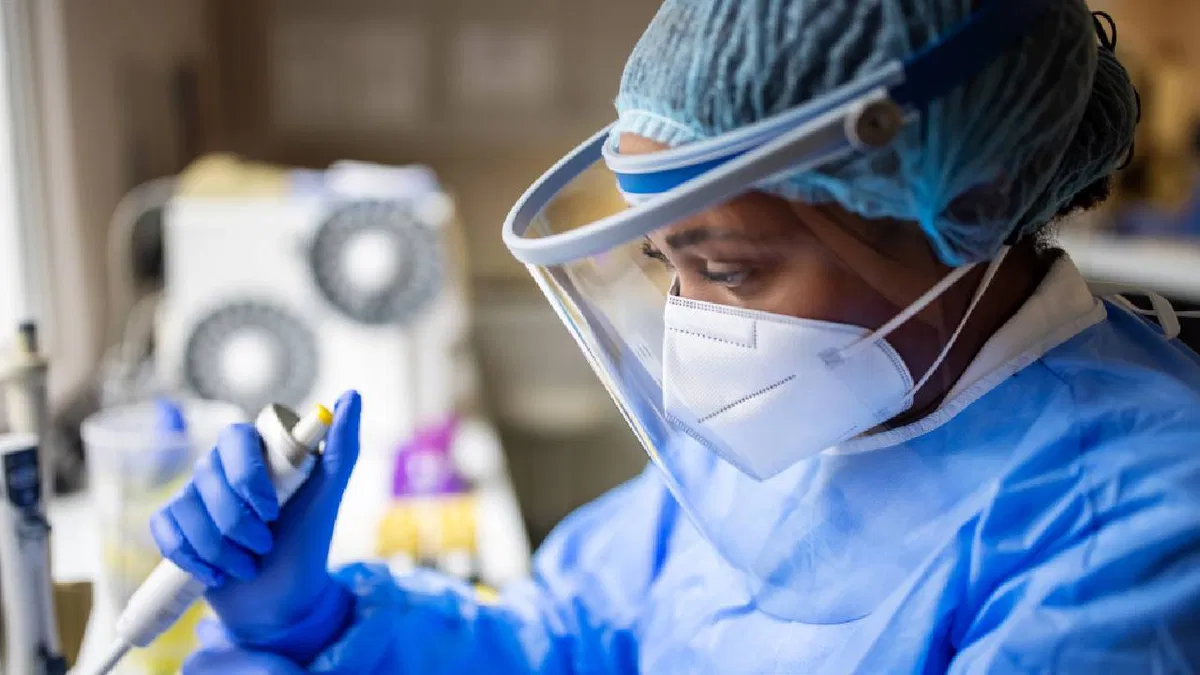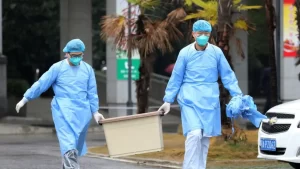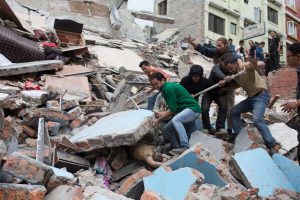On January 3, two kids from Ramdaspeth-a, a busy area of Nagpur in Maharashtra-were found to have Human Metapneumovirus or HMPV. The two kids were admitted to a private hospital with complaints of fever and cough. They were later found to be having HMPV, bringing India’s reported tally of HMPV cases to seven. It has opened discussions about this not-so-well-known respiratory virus.
HMPV is not new in the medical world, but its identification in India in the past few weeks has brought health authorities to high alert. Here’s what you need to know about the virus, the situation, and how you can stay safe.
What is HMPV?
Human Metapneumovirus, or HMPV, is a respiratory virus first described in 2001. It has been responsible for respiratory diseases of varying severity ranging from mildly cold-like presentations to serious disease, particularly among the very young, the elderly, and the immunocompromised. The main symptoms include fever, cough, nasal congestion, and in severe instances, bronchitis or pneumonia.
HMPV is very similar to the respiratory syncytial virus (RSV) and spreads through respiratory droplets, direct contact, or contaminated surfaces. Although the virus is usually seasonal, peaking in late winter and early spring, it can occur at any time of the year.
Current Scenario in India
India has reported seven confirmed cases of HMPV thus far, across four states:
Nagpur, Maharashtra
The last two cases were reported in Nagpur for the Human Metapneumovirus (HMPV), taking the total number of reported cases for this respiratory disease to seven: a seven-year-old and his 14-year-old brother.
On January 3, children presented themselves in a private hospital of Ramdaspeth with complaints of fever and cough. On investigation, doctors said that it is HMPV, which is a type of respiratory virus such as Covid-19, where the upper and lower parts of the respiratory tract are affected, with symptoms including fever, cough, runny nose, and throat irritation.
These two cases have taken the number of HMPV infections in the country to seven. A two-month-old boy in Ahmedabad, admitted to a private hospital, has also tested positive for the virus, while Bengaluru has reported two additional cases.
These are the first significant reports of HMPV in India, bringing the attention of the country to
the virus. States like Gujarat and Karnataka, bordering Maharashtra, have shown a heightened concern due to the geographical proximity and the potential for regional spread.
Both Gujarat and Karnataka share borders with Maharashtra. The remaining two cases were reported in Tamil Nadu.
Government Response
Union Health Secretary Apurva Chandra has acted swiftly to the situation. On January 3, Chandra reviewed the status of HMPV in the country in detail. The key points from the review are as follows:
Surveillance
The Health Secretary said that there is no current surge in respiratory illnesses in India but stressed the importance of maintaining sturdy surveillance to monitor potential outbreaks.
Awareness
The states have been cautioned to enhance public awareness campaigns about HMPV and other respiratory illnesses. Preventive measures, including proper hygiene practices and early recognition of symptoms, were emphasized.
Preparedness
States have been advised to enhance their surveillance systems for respiratory diseases and ensure that health facilities are prepared to manage and report cases appropriately.
Should you be worried?
Despite the confirmed cases, health officials have assured the public that there is no immediate cause for alarm. HMPV is not as contagious as some other respiratory viruses, such as the flu or COVID-19. In addition, no significant surge in respiratory illnesses has been observed across India.
However, vigilance is very important. As the virus has been identified in many states and may affect the vulnerable population, it is imperative to understand prevention and symptoms.
Preventive Measures
The best way to safeguard yourself and your loved ones from HMPV and other respiratory viruses is through healthy practices:
Practice Good Hygiene
Wash your hands frequently with soap and water for at least 20 seconds.
Use alcohol-based hand sanitizers when soap is not available.
Avoid Close Contact
Avoid contact with individuals who are experiencing symptoms of respiratory illnesses.
Keep your distance in crowded or poorly ventilated spaces.
Maintain Respiratory Etiquette
Cover your mouth and nose with a tissue or elbow when coughing or sneezing.
Dispose of used tissues immediately and wash hands afterwards.
Clean Surfaces
Clean high-touch surfaces – doorknobs, phones, and countertops with disinfectants on a regular basis
Improve Immunity
Ensure a balanced diet with vitamins and minerals. Drink enough fluids, get proper rest
Stay Informed
Check out reliable sources for updates on HMPV and other health advisories.
In the end, the occurrence of HMPV in India has certainly sent ripples across the healthcare world, and so the case has been made, it’s important to understand that awareness should not lead to alarm. To safeguard oneself and those around them, the understanding of the virus, its symptoms, and measures for prevention will come into play.
Proper hygiene practices, observance of respiratory etiquette, and proper knowledge of information are essential ways of reducing infection. Health authorities continue to monitor closely and have thus far not recorded a significant escalation of respiratory cases. Vigilance and activity will ensure safe and healthy communities.





